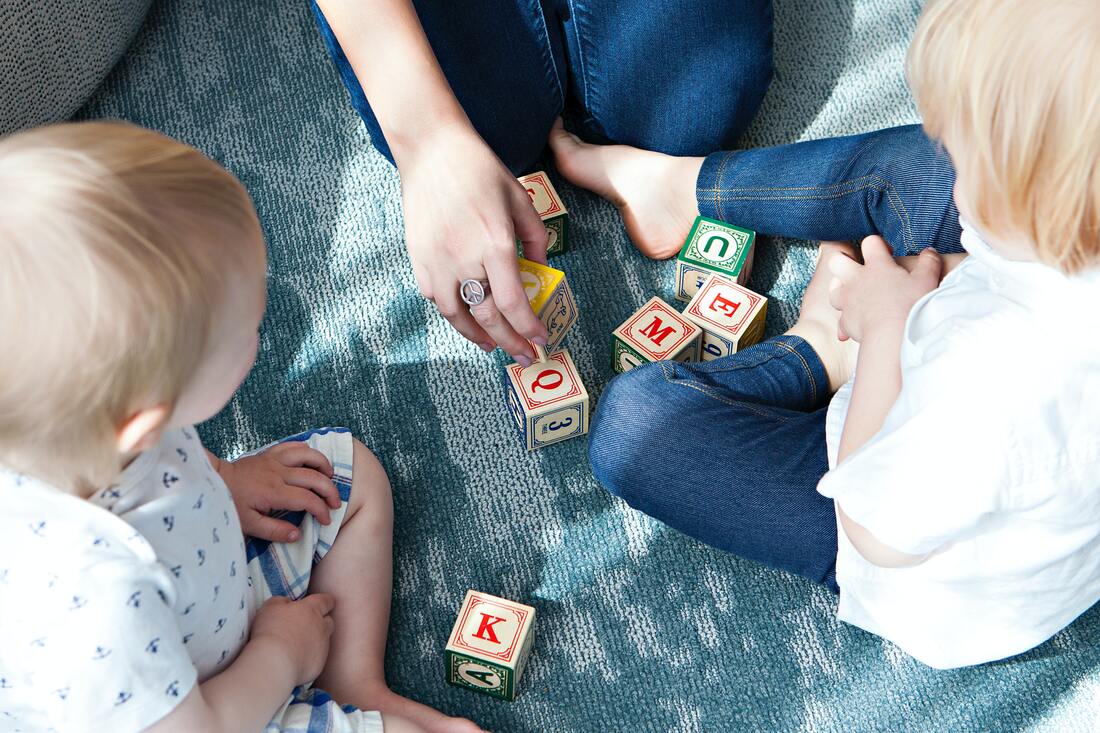Classical Conditioning: Definition, Examples, & TheoryClassical conditioning forms the basis of many learned behaviors in humans and animals. Learn about classical conditioning and its impact on behavior here.
To anyone who’s ever owned a dog, this probably doesn’t sound unusual. But what’s happening here is a great illustration of a much deeper psychological phenomenon: classical conditioning. Classical conditioning is a learning process that forms the basis of many physical and emotional responses. Understanding the fundamentals of classical conditioning can offer new insights into our own behaviors as well as those of other people and animals. It’s a simple phenomenon with complex and wide-reaching implications.
In this article, we’ll outline what exactly classical conditioning is, the history, seminal experiments in the study of classical conditioning, and how it plays out in everyday behaviors. Before reading on, if you're a therapist, coach, or wellness entrepreneur, be sure to grab our free Wellness Business Growth eBook to get expert tips and free resources that will help you grow your business exponentially.
Are You a Therapist, Coach, or Wellness Entrepreneur?
Grab Our Free eBook to Learn How to
|
Are You a Therapist, Coach, or Wellness Entrepreneur?
Grab Our Free eBook to Learn How to Grow Your Wellness Business Fast!
|
Terms, Privacy & Affiliate Disclosure | Contact | FAQs
* The Berkeley Well-Being Institute. LLC is not affiliated with UC Berkeley.
Copyright © 2024, The Berkeley Well-Being Institute, LLC
* The Berkeley Well-Being Institute. LLC is not affiliated with UC Berkeley.
Copyright © 2024, The Berkeley Well-Being Institute, LLC




